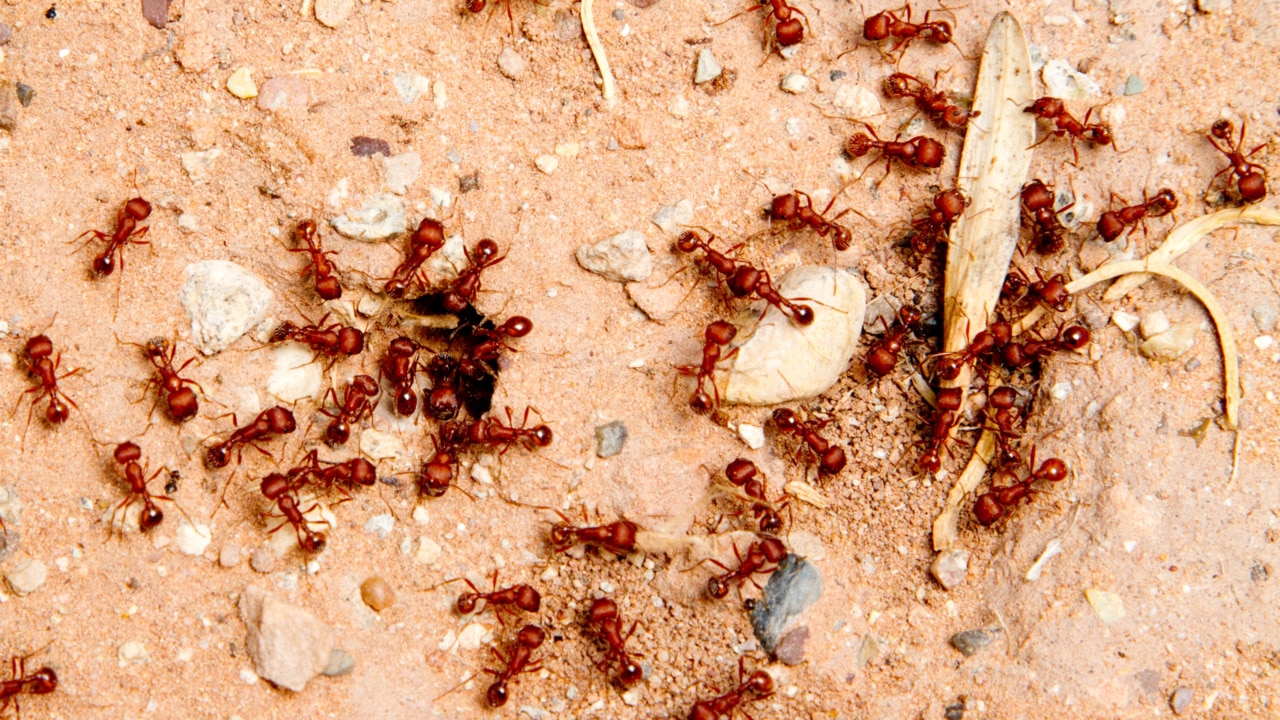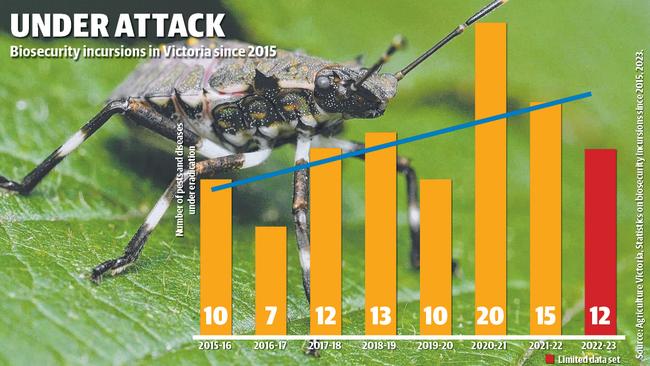Biosecurity mystery: Victoria’s incursions kept confidential
Producers are being kept in the dark about what biosecurity incursions have occurred in Victoria in recent years, despite almost 100 breaches in eight years.

Mystery surrounds the biosecurity incursions in Victorian agriculture over the past eight years, despite an upwards trend in the number of recorded incidents since 2015.
Victoria’s biosecurity strategy, released last month, outlines the increased load biosecurity risks put on the agricultural system.
Biosecurity incursions rose from 10 recorded incursions in 2015-16, peaking at 20 incursions in 2020-21, and sitting at 12 incursions last financial year.
But when asked for a full list of recorded biosecurity incursions from 2015-2022, an Agriculture Victoria spokeswoman said while data used in the new biosecurity strategy was sourced from Agriculture Victoria records, a full list of all incursions or incidents could not be released “as some are confidential”.

Victorian Farmers Federation vice president Danyel Cucinotta, who was a biosecurity reference group member for the strategy, said biosecurity is a shared responsibility, “and it makes sense to share as much information as possible to keep our vital agriculture industry safe”.
“We all need to know what dangers are knocking on the door to not only remain vigilant, but keep implementing measures to prevent any pests or diseases from getting in,” Ms Cucinotta said.
Victoria was involved in 99 biosecurity incursions during the eight-year period, across plant and animal pests and species, according to Agriculture Victoria’s spokeswoman.
The surge of incursions in 2020-21 included abalone viral ganglioneuritis, avian influenza, brown marmorated stink bug and khapra beetle.
According to the spokesperson, varroa mite in NSW, brown marmorated stink bug, red imported fire ant, Japanese encephalitis and Murray Valley encephalitis were some of the incidents Victoria responded to in 2022-23. The department did not specify details of the incidents; its website notes that red imported fire ant is not currently known to be in Victoria.
Covid-19 support, through provision of specialised skills such as epidemiology, was also cited as a contributor to recorded incursions in Victoria since 2015.
Biosecurity Victoria executive director Katherine Clift said the department had handled 1764 animal disease investigations in the 2022-23 financial year.
“Our people are out on the ground helping to protect our state from increasing national and international biosecurity threats, conducting almost 10,500 inspections, audits, and investigations of plants, animals, chemicals and invasive species in the last financial year alone,” Ms Clift said.
Climate change was cited as one of the key factors driving increased biosecurity risk in Victoria, along with increasing trade and travel, and changing land use.





